A Scottish company building one of the U.K.’s first all-electric intercity bus networks has raised $14 million (£11 million) in a Series A round as it looks to expand across the entire country.
Building any bus network from scratch — electric or otherwise — isn’t something anyone can conjure up overnight with a laptop and endless amounts of coffee. A bus network needs, well, buses — and lots of them. And that is what Keith Bradbury and Pierce Glennie have been doing since founding Ember out of Edinburgh back in 2019, starting initially with a single vehicle procured from one of the few manufacturers willing to take them seriously.
“In 2019, we didn’t have a [web] domain … we didn’t have anything, actually,” Bradbury told TechCrunch. “We were approaching these companies and telling them that we’d like to buy ‘one’ electric coach, because that’s all we had money for. Obviously, when you say you want to buy one electric coach, no one takes you seriously. Some companies laughed in our faces.”
One company that was willing to do business was China’s Yutong and its U.K. distributor Pelican, which sold Ember its first bus with little in the way of customizations beyond things like what materials they wanted the seats made of. Ember introduced its first bus route in late 2020, connecting Scotland’s capital Edinburgh with the city of Dundee (the birthplace of Grand Theft Auto, FYI), and in the intervening years it has expanded to Glasgow, Stirling, Perth, and other smaller pit stops within and between these cities.
Today, Ember counts 24 buses in operation, though it has just taken receipt of an additional 14 next-gen vehicles from Yutong, which sport an increased 563 kWh battery capable of powering 510 km of travel on a single charge — this compares to around 380 km for the previous generation bus.
“Now we’re up to 38, we have the option of actually talking about serious numbers with Yutong and starting to get vehicles built to our specification,” Bradbury said. “Our new generation vehicle didn’t actually exist 18 months ago. While it’s not being built just for Ember, the product development has had a lot of input from us — we were closely involved with the design, with the battery layout, and with the actual architecture of the vehicle. There were some things that we couldn’t change, and there were some things that we could change, but we’ve been able to really input into that process.”
The company has so far raised a little north of $2.3 million in seed funding from European climate tech investors, including Blue Impact, Pale Blue Dot, Contrarian Ventures, Monzo co-founder Tom Blomfield, and Gareth Williams (co-founder of Edinburgh-based unicorn Skyscanner). And with its fresh cash injection, it’s gearing up for expansion across Scotland and the broader U.K. market.
Ember’s Series A round was led by Inven Capital, 2150 and AENU, with participation from some of its existing backers too.
The company is taking a “full-stack” approach to its fleet development, with control over just about every aspect of the fleet, from manufacturing and charging infrastructure, to customer service, to all the underlying software that pulls everything together.
Full-stack
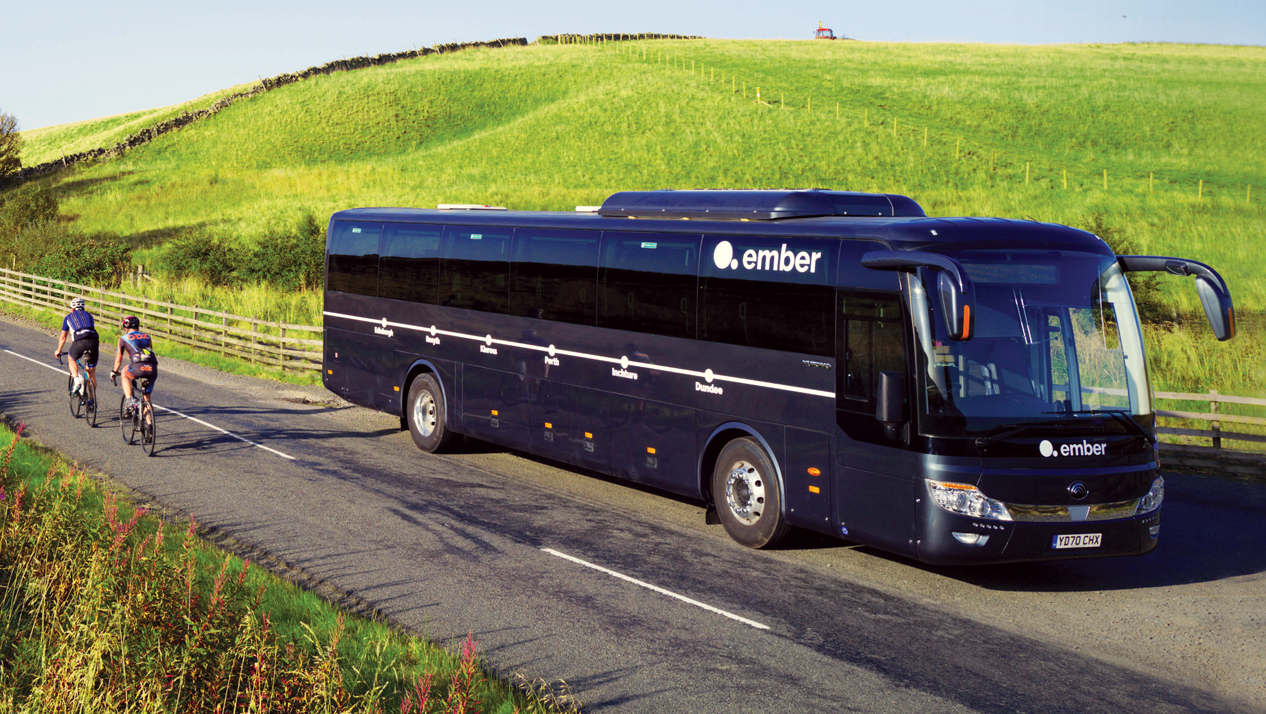
Both the old and newer versions of Ember’s buses are powered by lithium-iron-phosphate (LFP) batteries, which are cobalt-free and considered more environmentally friendly. However, in addition to greater capacity, the latest version has much speedier charging at 600 kW — this 400% increase means that its buses can be fully charged in less than an hour.
On top of that, the buses are bigger, with room for 53 passengers versus 38 in the previous vehicles, while the luggage capacity has more than doubled.
Internally, the buses sport 5G Wi-Fi and USB charging ports.
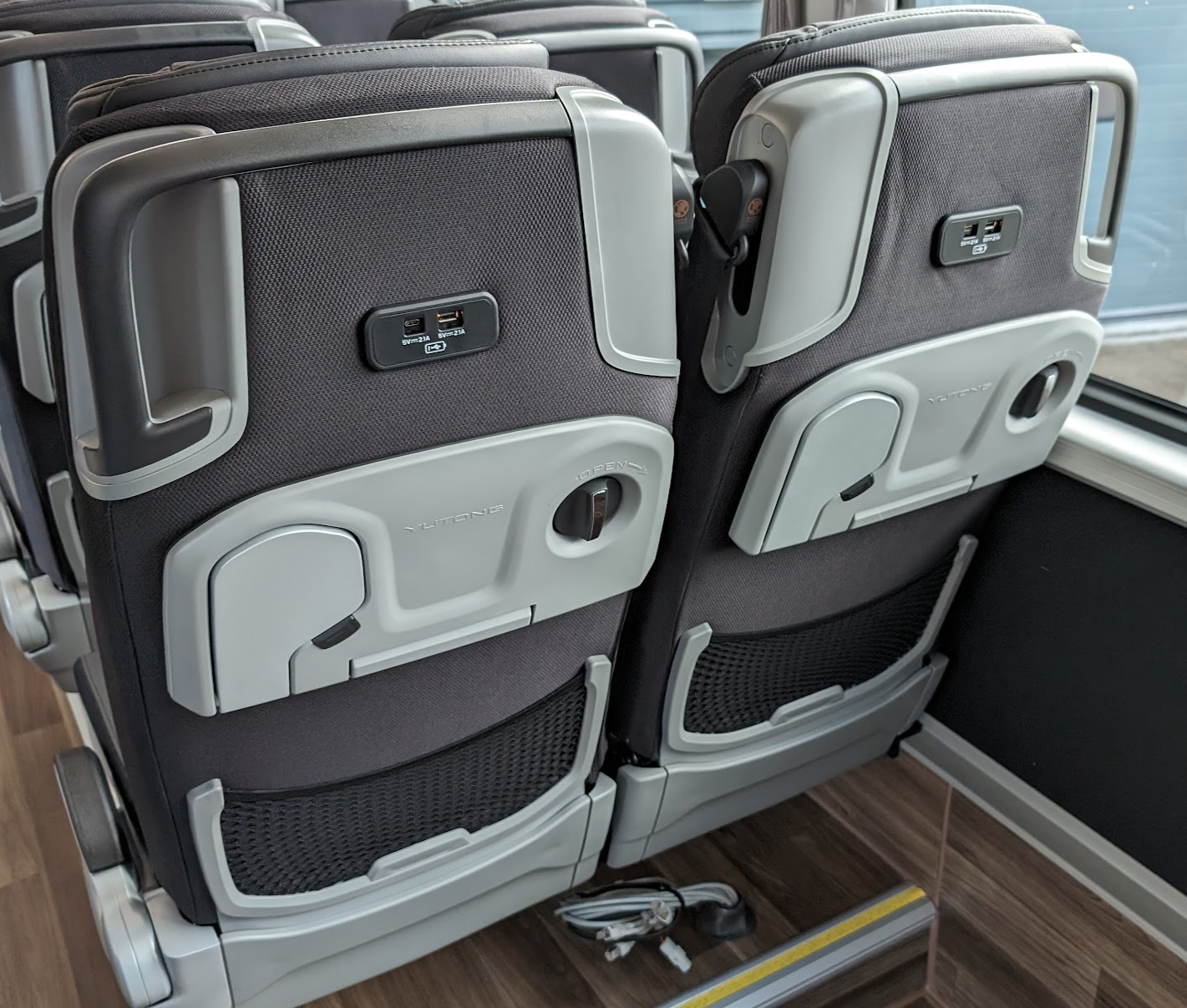
For now, Ember counts a single main charging hub in Dundee, with 1,200 kW of charging capacity that is backed up by on-site wind turbines. However, with a fleet of new buses incoming and plans to expand its network farther afield, the company is looking to add an additional 4 megawatts of charging capacity across more sites in Scotland this year.
“Charging hubs will be in a mixture of private and public locations, and range in size,” Bradbury said.
Ember uses a CCS (combined charging system) EV charging system, which supports both AC and DC charging through a single plug — this is a common standard across Europe and elsewhere, meaning that they technically aren’t for Ember’s use only. In theory, Ember could help alleviate the perennial charging infrastructure problem that plagues the U.K. (among most other countries), though Bradbury reckons that it will likely require most of them for its own operations.
“Our day-to-day usage is so intensive that there is limited spare capacity for sharing access with third parties,” he said. “However, we do envisage enabling this in some locations as the network grows, especially for commercial fleets who require more space and much higher charging speeds.”
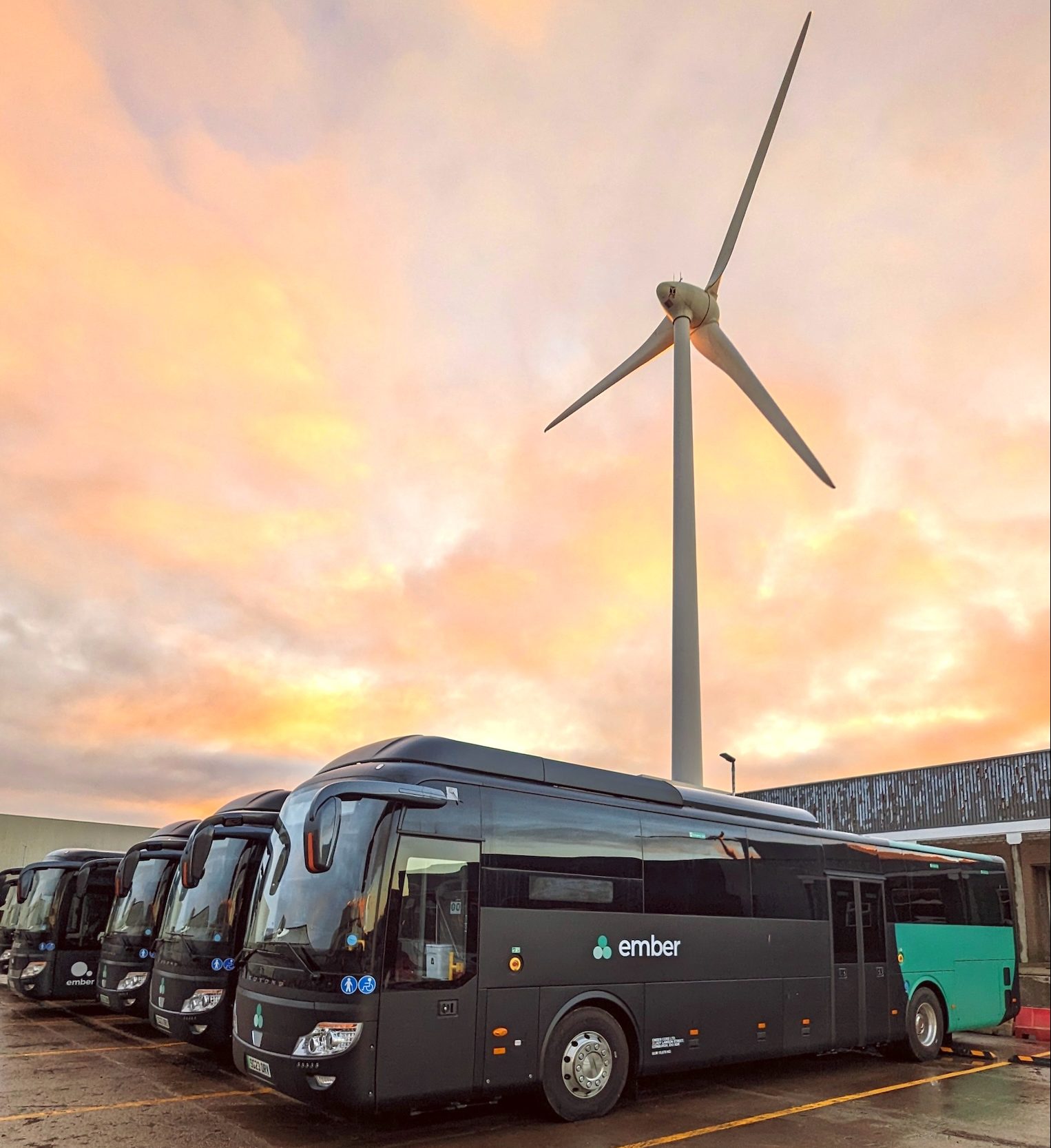
Under the hood, Ember’s proprietary EmberOS software automates many of the processes involved in managing a fleet. For example, it automatically allocates drivers and vehicles for specific shifts and routes, and if one of the buses is scheduled for maintenance on a given day, Ember removes that from the roster so that there aren’t any unexpected issues around vehicle shortages.
On top of that, EmberOS also monitors the service for issues, such as unexpected charging problems, a no-show driver, on-bus temperature controls, and traffic-related delays.
“If an issue is detected, EmberOS will either resolve it automatically — for example, notifying passengers about a delay or prompting the driver to turn up the heating — or flag it to a human in the operations team,” Bradbury said. “Over time, more and more issues are able to be resolved fully automatically, with no human input.”
On the consumer side, passengers can access real-time data about the schedule of their bus, including the one that they’re currently on, or a prospective bus they want to catch but don’t want to hang around waiting for.
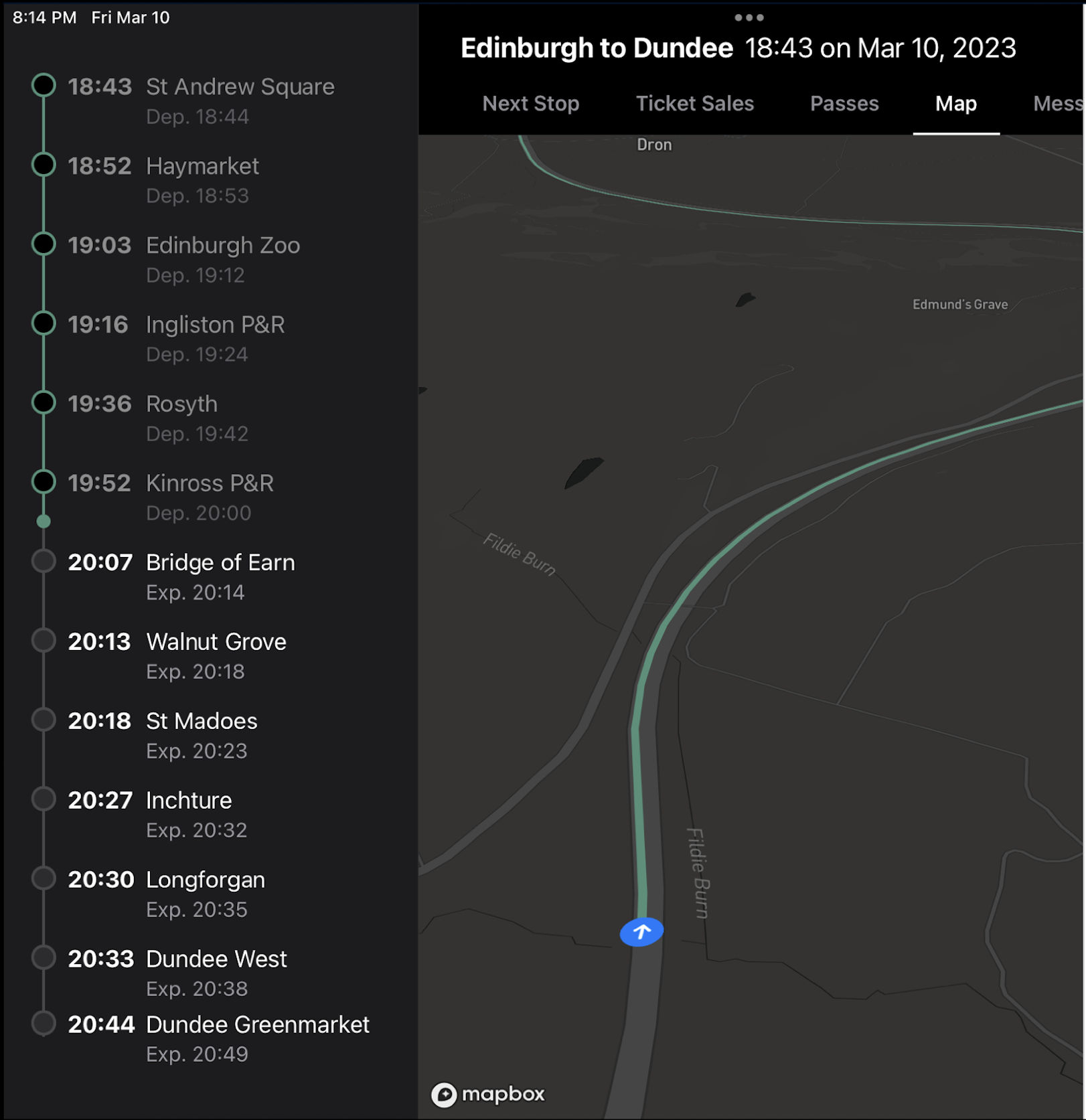
And it’s this software underbelly that Bradbury reckons is the secret sauce that elevates it above not only traditional intercity bus companies, but also other would-be rivals, including established incumbents like the mighty Stagecoach.
“We have a strong belief in the benefit of controlling the full stack to really get radical improvements in efficiency,” Bradbury said. “We’re not trying to create an incremental improvement in a specific vertical; we’re rebuilding the entire stack to create a model that doesn’t currently exist in the market. It’s only by linking up the software with the hardware and the operational playbook that this can happen.”
The story so far
Prior to Ember, Bradbury and his co-founder Glennie worked in various roles at London-based fintech Iwoca. Going from developing credit financing software and services for small businesses to building electric buses might not be the most obvious career transition to make, but it’s a decision that Bradbury and Glennie made after discussing a shared interest in addressing the climate crisis and the role that electrification could play in that.
“We’re not ‘bus people’; we were living in London, working for a fintech — building a SaaS company, effectively,” Bradbury said. “We both decided that we wanted to do something new, and we were really interested in how electrification had the potential to change industries.”
And while Bradbury says he can appreciate the broad gamut of efforts to address climate change, he wanted a solution where the fruits of their labor were a little more near-term.
“I think there’s lots of cool stuff like ‘green concrete‘ or ‘nuclear fusion‘ — in a way I’d love to work on all of those as well, but actually, they’re not tangible from day one,” Bradbury said. “You’re doing all of this R&D, building for something that will come to fruition in 10 or 20 years, and it will have an absolutely massive impact. But we were quite keen to do something that could have impact from the very beginning, so we looked at the vehicles, the electrification and the possibility for all of that.”
While megabucks incumbents such as Stagecoach have also embraced electric buses, those efforts tend to be more within cities rather than between cities. And the role that software plays in these various efforts is also minimal.
“When we looked at the legacy industry, we did not see innovation,” Bradbury said. “Maybe this is how people were looking at fintech in the 2000s, and lots of good companies came out of that. We have kind of done the same with transport — we can look at this with fresh eyes, and come up with a completely novel way of doing it.”
Why Scotland?
A quick peek across Ember’s home city reveals at least one more fairly novel transport initiative called CavForth, touted as the U.K.’s first public autonomous bus service. Operated by Stagecoach, the pilot scheme currently operates a 20-minute park-and-ride service in the west of Edinburgh, albeit with a safety driver on board just in case.
So what is it about Scotland that is attracting novel public transport services? And why up sticks from Bristol, where Bradbury was living, and launch his electric bus network north of the border? While part of it did come down to a Scottish government with slightly more ambitious net-zero plans than its Westminster counterpart, Scotland’s size and layout played a major part in convincing Bradbury to launch his venture from Scotland.
“Scotland is not a special market from a public transport perspective — there are lots of countries with similar road and rail networks, similar levels of car ownership and so on,” Bradbury said. “However, the size of the market makes it an interesting place to pilot services. It’s large enough to build a proper network, but small enough to iterate rapidly. Scotland is a very good size — you can demonstrate that network at what we describe as ‘mini scale.’ You can demonstrate the network effects, and you can demonstrate passenger demand, and you can do all of that stuff without needing tons and tons of money.”
While Ember is somewhat limited in terms of geographical coverage right now, Bradbury says that it’s gearing up for a wider expansion that will include extending deeper across Scotland with charging hubs planned for Aberdeen, Inverness, Fort William, and Oban. And then next year, they’ll look at England, with the specific routes yet to be determined.
“There’s lots of different routes in England that would work for us, especially when you think about the range of the vehicles now — they can do 500 kilometers-plus, which gives us a lot of scope,” Bradbury said. “All of these hubs that will be going live [in Scotland] will allow us to ‘complete’ the Scottish network in a way, and that demonstrates that what’s already working with tens of thousands of passengers a week can apply elsewhere.”
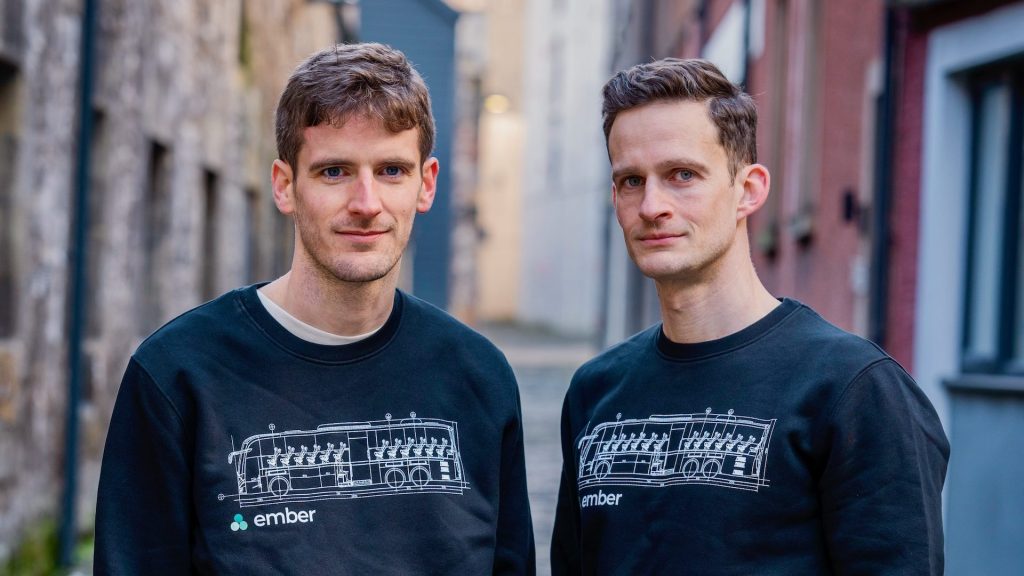
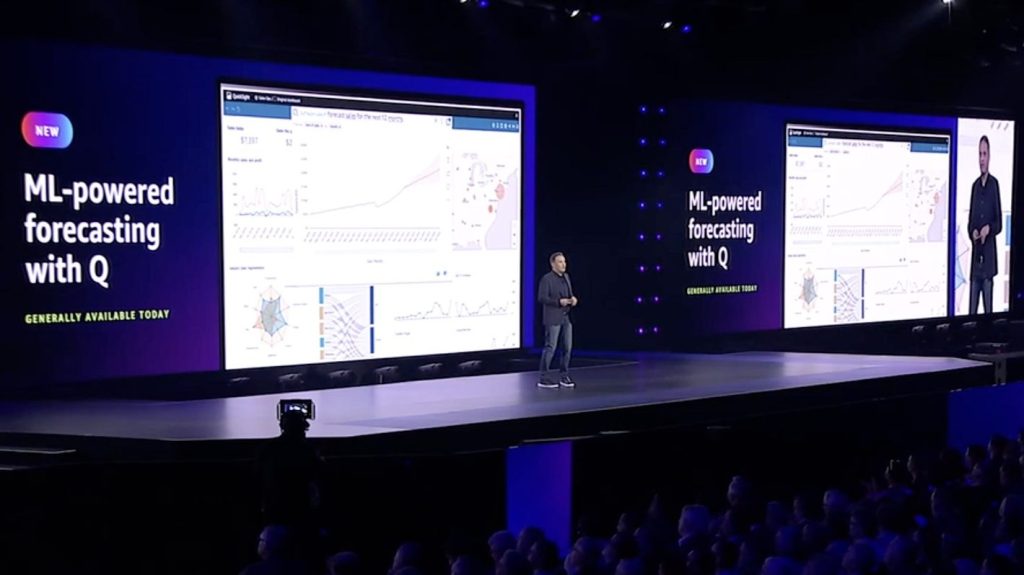





























Comment